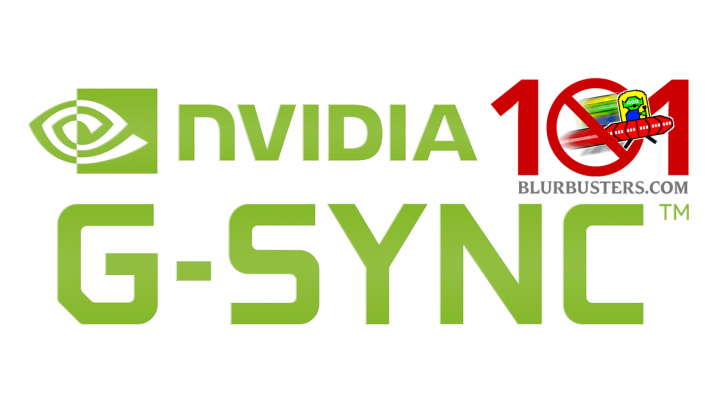Ok so I just turned my PC to have a mess around with my G-Sync problems and this is bizarre.
I installed the latest drivers the other evening, and did a quick few runs on Steel Nomad to test my UV/OC. Previously I could just manage a score of 9023, this with +450 on the clock, +2000mhz on the mem and 125% power limit. Seemed a bit low but whatever, still top 9% apparently. After the driver install (clean install, followed by full system reboot) I jumped up to 9223 but had to reduce the clock speed to +430.
I turn on my PC today to mess around with G-sync, and with the same settings I decide to do a few SN runs. Bam, 9577 and I'm in the top 2%.
I fully expect to turn my PC on tomorrow and be getting something like 8500
I installed the latest drivers the other evening, and did a quick few runs on Steel Nomad to test my UV/OC. Previously I could just manage a score of 9023, this with +450 on the clock, +2000mhz on the mem and 125% power limit. Seemed a bit low but whatever, still top 9% apparently. After the driver install (clean install, followed by full system reboot) I jumped up to 9223 but had to reduce the clock speed to +430.
I turn on my PC today to mess around with G-sync, and with the same settings I decide to do a few SN runs. Bam, 9577 and I'm in the top 2%.
I fully expect to turn my PC on tomorrow and be getting something like 8500







